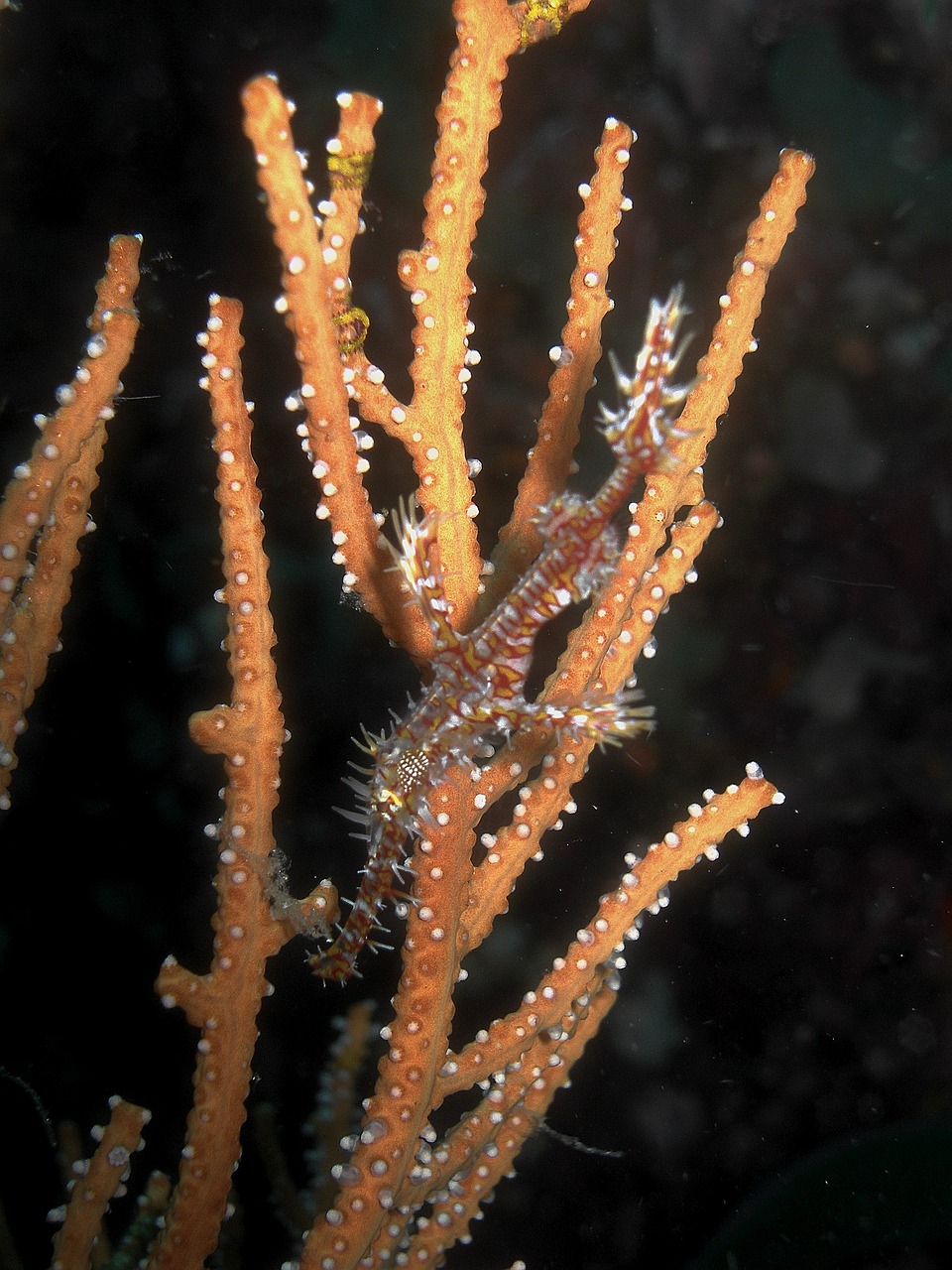Life in ancient Egypt revolved significantly around the annual flooding of the Nile and the consequent fertility it endowed upon the land. It is thus evident that these vital elements are woven into the fabric of Egyptian spirituality through the figure of the crocodile god, Sobek. Initially perceived as a local deity, Sobek’s influence surged notably during the Middle Kingdom, shaping political dynamics of the era and showcasing the sophistication with which ancient Egyptians synthesized their pantheon, marking a pivotal evolution of his status among the gods.
The Origins and Evolution of Sobek’s Worship
The worship of Sobek is believed to be among the earliest in the history of ancient Egypt, first noted on a seal dating back to King Narmer’s reign, the inaugural monarch of the first dynasty. This seal illustrated crocodiles positioned opposite a uniquely designed shrine, which later symbolized the city of Shedet, known today as Fayum. Throughout the Old Kingdom, Sobek was recognized as a prominent deity within the Egyptian religious framework and was commonly referenced in the funerary Pyramid Texts. During this period, his primary influence remained tied to his cult center in Shedet.
With the decline of the Old Kingdom, Sobek emerged as a significant local figure in Sumenu, a region within Thebes. His worship had already been well-established there since the Heracleopolitan era, dominating during the rule of Egypt’s ninth and tenth dynasties from the Nile Delta. This era transitioned with the ascendancy of the Theban kings of dynasty 11, ushering in the Middle Kingdom. Following this shift, the Sumenu cult of Sobek gained considerable importance, second only to that of Shedet, particularly under the reign of Amenemhat II.
Sobek and the Sun God Re
The significance of Sobek transformed not solely due to the spread of his worship throughout different regions, but through a notable merger with the sun god, Re, during Montuhotep II’s reign, the initial king of the Middle Kingdom. This fusion of local and more universal deities was characteristic of this era. The name Sobek-Re was first recorded at the entrance of the Theban tomb belonging to an official named Daga, who served under Montuhotep II. The Coffin Texts, predominantly employed during the Middle Kingdom, even ascribe to Sobek the titles, “he who rises in the east and sets in the west.”
This merging elevated Sobek from a regional god of fertility and inundation to a creator deity linked with Re. As Sobek-Re, depicted in his crocodile form with a solar disc and uraeus, he emerged as the creator who emerged from the primordial waters, Nun, shaping the pantheon and the world itself. Such vital roles were often celebrated in hymns dedicated to Sobek, documented during the latter part of the Middle Kingdom. The reasons behind Sobek’s growing reverence—whether due to his intrinsic appeal or as a strategic move by his priesthood for enhanced influence—remains unclear.
Political Symbolism and Divine Kingship
Under Amenemhat II’s expansion of Sobek’s worship, the new capital of Dynasty 12 further complicated his narrative. It was he who began intertwining the identities of Sobek with Horus, depicting Horus of Shedet as a crocodile on seals from the reign of Khasekhmwy of the second dynasty. This merger of Sobek and Horus enabled a profound portrayal of the pharaoh’s divinity, epitomized later by Amenemhat III, who elevated this duality, presenting “Sobek of Shedet-Horus.”
This new divine identity bestowed significant titles on Sobek-Horus, emphasizing the king’s authority rather than belonging to any other deity. Horus’s name within this merged form was even encased in a serekh, typically reserved for royal insignia. Historically, the king has been understood as the earthly embodiment of Horus. The alignment of Sobek with Horus further symbolized the fusion of divine kingship, reinforcing the pharaoh’s ruling legitimacy.
Sobek’s Cult in the New Kingdom
The significance of Sobek is strongly illustrated in a scene from Amenemhat III’s temple at Madinet Madi, depicting the “Baptism of the Pharaoh,” where Sobek and Anubis anoint the king with symbols of life. This act symbolizes the king’s induction into eternal kingship, often linked to the state god’s role in the divine conception of the ruler. By the tail end of the Middle Kingdom, Sobek was revered as “Sobek of Shedet-Re-Horus, the powerful god,” with his worship branching out to 52 towns across Egypt, including royal rulers of the 13th dynasty incorporating Sobek’s name into theirs, as exemplified by Sobekhotep.
During the Second Intermediate Period, Sobek’s acclaim waned; although his cult persisted in several regions, he was no longer considered among the foremost deities. However, his significance to divine kingship was rekindled during the New Kingdom, marked by the establishment of revered temples alongside Horus in Kom Ombo. Under Amenhotep III’s reign, Sobek’s cult was notably supported, with divine crocodile breeding centers set up at Gebel el-Silsila and Armant.
Through the ages, Sobek transitioned from a local figure with limited importance to a formidable creator god as Sobek-Re, and further evolved into a symbol of royal divinity as Sobek-Horus. The kings of Dynasty 12, particularly Amenemhat III, not only inherited the divine status associated with Horus on Earth, but they also intertwined their identities with Sobek. The reasons behind Sobek’s resurgence—rooted in his earlier ties with Re or a calculated strategy by the priests—remains a compelling contemplation. Ultimately, the evolution of the crocodile god Sobek reflects a cyclical narrative, offering intriguing insights into the multifaceted interplay of social and political influences within ancient Egyptian culture.



